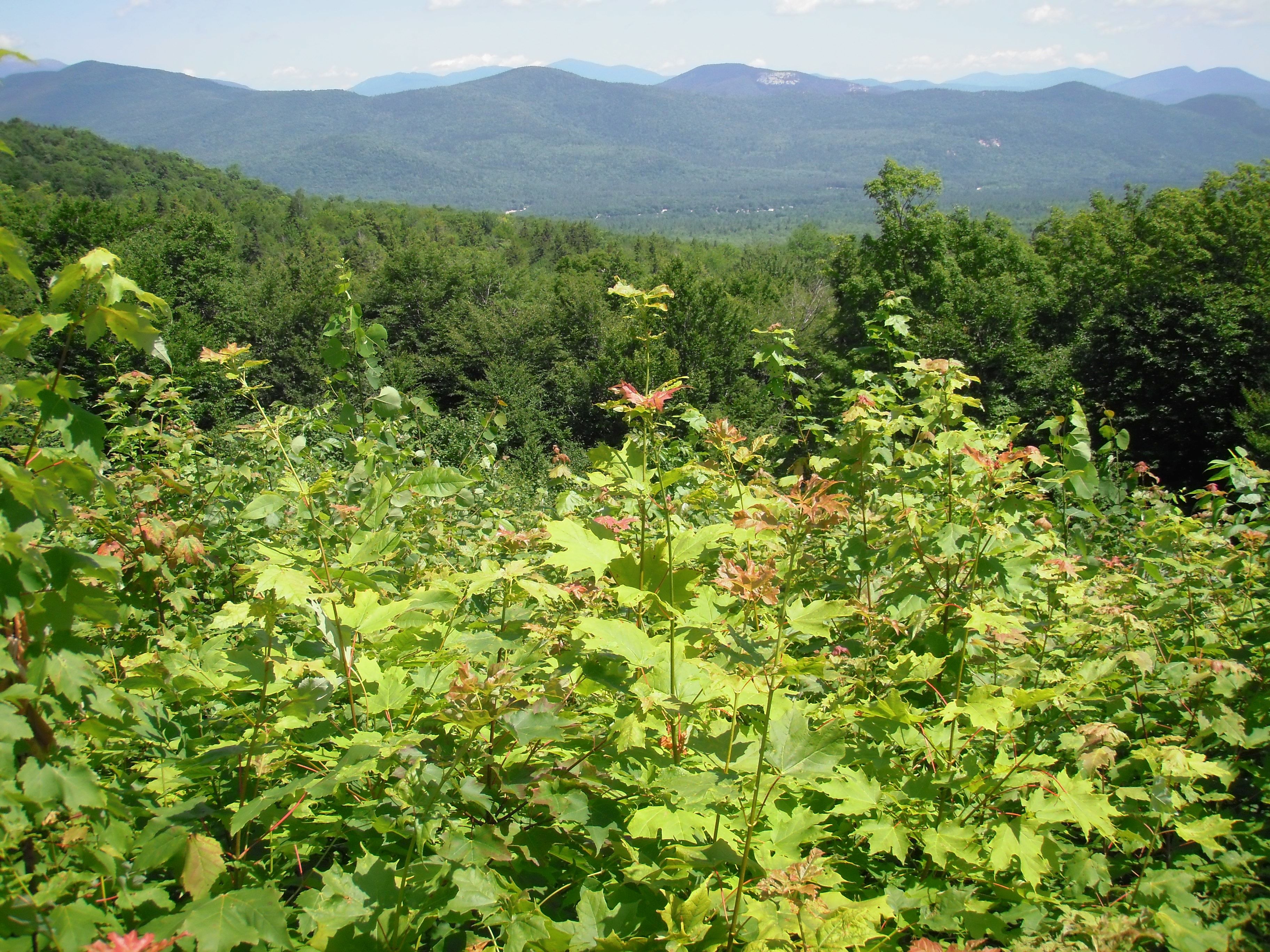Protecting New England Lands: An Update on the Wildlands and Woodlands Vision
Nov. 30th 2017Wildlands and Woodlands is a regional initiative of partners throughout New England. The vision of Wildlands and Woodlands is to protect 70% of the New England landscape as forests, along with 7% as farmland by 2060. The new report, which includes UVM faculty members Anthony D’Amato and Bill Keeton, provides an update on this vision, ways that community stakeholders can work together to reach these goals, and challenges to achieving the vision.
The Wildlands and Woodlands vision was developed to protect the natural and cultural importance of these lands in the New England region. New England forests offer important ecosystem services, removing over 760,000 tons of air pollution each year which equates to $550 million in health benefits. Wildlands and woodlands provide clean water to New Englanders and reduce the impact of floods on communities by slowing floodwaters and allowing it to infiltrate. Forests help mitigate greenhouse gas emissions by offsetting about 20% of carbon dioxide emissions in New England. This makes forest protection one of the best options for New England to help combat global climate change. These lands are also vital areas for science due to their species richness and high biodiversity with important habitats. Economically, wood products and food that come from these forested and agricultural areas are extremely important to New England communities’ livelihoods.
Over the last quarter century, New England experienced the biggest active period of land conservation, thus far, with half of the region’s acres of protected lands conserved during this period. The regrowth of forests in New England led to it being the most forested area of the country. However, suburban sprawl and land parcellation is causing New England to be in a period of forest decline. Development eradicated 24,000 acres of forested lands between 1990 and 2010. If this rate continues, an estimated 1.2 million additional acres of forested lands will be lost to development. Some of the additional threats to forests, include: less federal and state funding for land protection, impacts on tree species loss from invasive pests and pathogens, and maintaining public support for wildlands and woodlands protection.
Even though New England is currently one-third of the way towards achieving the goal, the authors explain that to meet the goal by 2060, conservation of forestland must triple in pace to protect the remaining 23 million acres. The report proposes strategies to achieve the Wildlands and Woodlands goals:
- Accelerate land protection and invest in collaborative partnerships among private landowners, business, nonprofit organizations, family, and public agencies.
- Set aggressive regional targets for land protection.
- Implement green infrastructure and climate change adaptation and mitigation measures.
- Enact smart growth policies and encourage efficient land use.
- Develop markets and policies to support sustainable local wood production and use.
- Employ sustainable agricultural practices to provide food for local communities and growing regional agritourism.
These strategies can help preserve ecosystem services provided by forests, reduce environmental footprints, and contribute to local economies.
 ecoNEWS VT
ecoNEWS VT